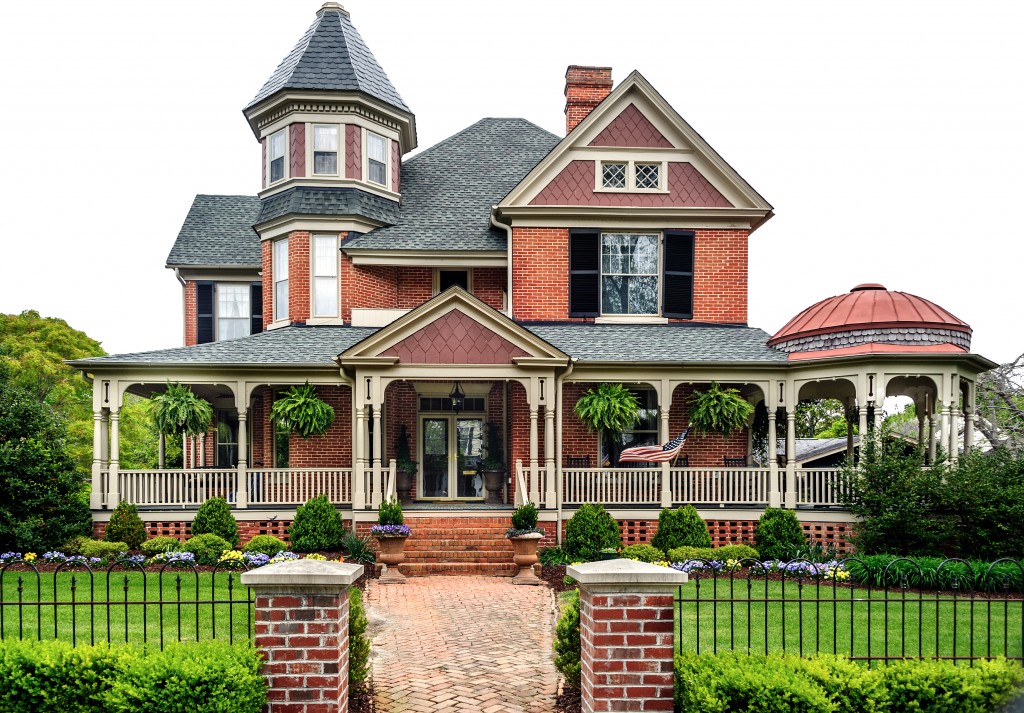There is a stark difference between the architecture of modern and historic houses. A lot of the more recently built homes usually portray a box-type design that reflects simplicity and functionality. On the other hand, older and historic homes place a great emphasis on blending aesthetics with functionality, drawing design influence from their respective periods.
It is also the reason why many people prefer the beauty of historic homes. Maintaining that Victorian look is not only elegant but often more valuable. In contrast, modern homes tend to lose out on aesthetics, as some people don’t enjoy evident geometric designs.
However, as beautiful as that may sound, there is a problem brought about by these differences. On the one hand, modern homes are much easier to renovate, design, and overhaul. Historic homes, though, are quite challenging because owners must face the task of preserving the original design.
Which begs the questions, how does one properly go about renovating a historic/older home?
Prioritize Preservation
Your top priority should always be the preservation of your historic home. Its traditional design is what gives it historical value, and the last thing you would want to do is take that away.
Look at it from this perspective; often, people tell us to be ourselves and not let others dictate who we become. The same applies to historic homes. Don’t force it to become something it’s not; allow its features to radiate instead.
To help with preservation, do your research on the house, its design, and the period it takes after. Through this, you will become more knowledgeable of the home and have a better grasp of its essential aspects. Among the following are some questions you can begin with:
- What are the most significant and defining features of the home?
- What outdated aspects of the home can you do away with?
- What areas of the house can you get away with doing major changes?
Match the Design
With your priorities in place, we now move on to the interior and exterior design of the home. While it is one of the best parts of having a historic home, it does come with some limitations, and we can’t just put all the things we want. Naturally, we must match the design, not only for preservation purposes but also to maintain the aesthetics.
To do just that, you can reference back to the period your home takes after. Identify which styles, furniture, patterns, and decor were mostly used. Below are some tips you might want to try out as well:
- Paintings: Without a doubt, paintings rank high among the most commonly used decor in historic houses. So, if you find a room or wall that lacks depth and personality, you may want to consider adding a painting.
- Repaint the Walls: Easily one of the best ways of maintaining the design and giving it a refreshed look is repainting. You may have to take out deteriorated wallpaper, but this method is sure to pay off in the long run.
- Rugs and Carpets: Especially in common areas, you might find yourself lucky to have one that just needs some love. If you don’t, then getting a rug or carpet that matches the design is sure to spice up any of the rooms.
- Ceramics and Vases: All forms of ceramics, pottery, and vases always tend to carry a distinctly traditional feel and can make a beautiful addition to your home.
- Landscaping: Often, you might find yourself with an unkempt lawn that needs some work. In any case, you will want to bring back life into your surroundings, match the plants with the home’s vibe, and don’t go overboard.
As a rule of thumb, always reuse materials whenever you can. With very dated structures, getting raw materials can get very expensive, so do your best to be economical in your design choices.
Introduce Modernity in Moderation

Last but not least, you will definitely want to mix in your modern furniture and necessities to make the house comfortable and livable in the current day. As much as we rave about design, more contemporary choices in some areas are better because they are more functional.
Whether it be getting wood burning inserts for the fireplace, installing new furniture for the kitchen, or maybe even getting an overhaul for the bathroom, you must not forget that this house is to be your home. Its purpose is not only to hold historical value but also to allow you to live in comfort and safety.
You might also want to explore eco-friendly options to make your historic home much more energy-efficient and good for the environment. Some easy options include installing solar panels for energy savings, smart meters for monitoring, insulation, and the like.
Don’t Be Afraid to Ask For Help
To end, do understand that renovation, especially with historic homes, is a daunting task. In light of this, don’t hesitate to enlist the help of professionals with experience. This will make the process go much more smoothly and help lessen the workload.

